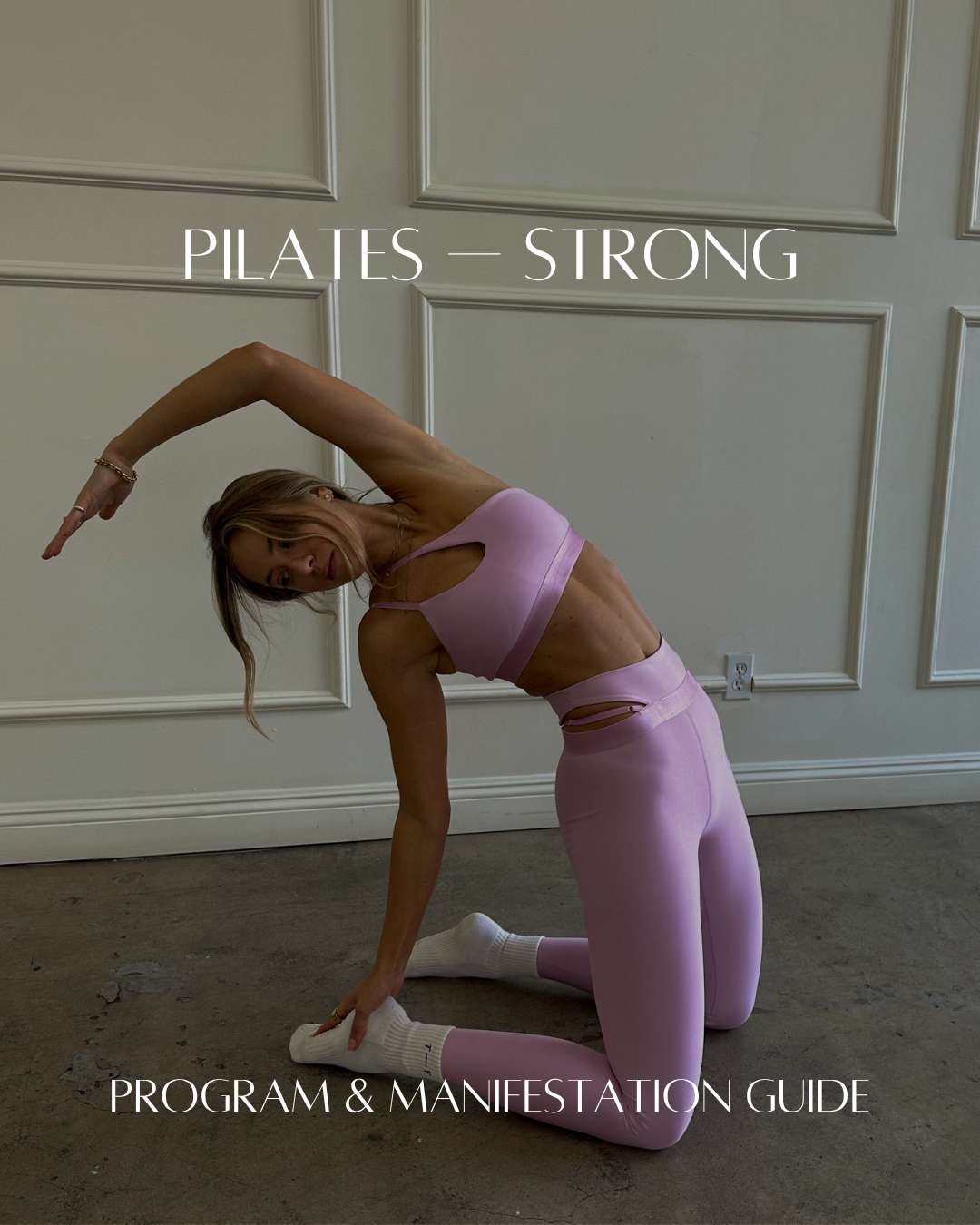Mental health is one of the most important aspects of our overall well-being. And while many of us are aware of the benefits of exercise for our bodies, the importance of movement for our mental health is often overlooked. Pilates is a form of movement that not only strengthens the body but also promotes mental wellness. Here’s a look at how Pilates can boost mood and help reduce anxiety.
The Mind-Body Connection
Pilates is all about connecting your mind and body. Created by Joseph Pilates in the early 1900s, this form of exercise focuses on breathing and mindful movement, helping you feel more in tune with your body. It’s a holistic approach that not only strengthens your body but also calms your mind, leading to better mental clarity and emotional balance.
Mood Booster
Getting up and making sure to get some movement in your day releases endorphins—a natural chemical in the brain that acts as a mood elevator. For example, when you do Pilates you’re not only working your core strength or flexibility; you’re also giving your brain a boost.
Using Breath to Reduce Anxiety
One of the fundamental principles of Pilates is controlled breathing. Inhale deeply through the nose, filling your lungs, and exhale slowly through the mouth. This focus on breath helps reduce tension and anxiety. During stressful moments, returning to your breath can be a powerful tool to calm the mind. Pilates teaches practitioners how to incorporate deep breathing into their routines, which can be beneficial both on and off the mat.
Mindfulness
Pilates encourages mindfulness—being present in the moment and fully aware of your body’s movements. This practice of mindfulness can serve as a form of meditation, allowing you to step away from daily stressors and distractions. When you concentrate on your movements, you become more attuned to your thoughts and feelings, making it easier to manage anxiety and negative emotions.
Tips for Incorporating Pilates into Your Routine
- Start Small: If you’re new to Pilates, start with beginner classes and slowly work your way up as you become more comfortable. Check out our beginner category when you are ready to start your journey.
- Focus on Breath: Pay attention to your breathing throughout your movement. Use deep, controlled breaths to boost your mind-body connection.
- Set Your Intention: Before each session, set a positive intention, whether it’s to release tension, boost your mood, or promote gratitude.
- Practice Mindfulness: Stay present during your workout. Tune into how your body feels, and let go of any distractions.
Conclusion
Pilates isn’t just a great workout—it’s also a powerful tool for mental wellness. Through mindful movement, focused breathing, and setting positive intentions, you can strengthen both your body and your mind. So, whether you’re looking to reduce anxiety, boost your mood, or simply find a moment of peace, Pilates may be the perfect way to incorporate wellness into your routine. Give it a try!






